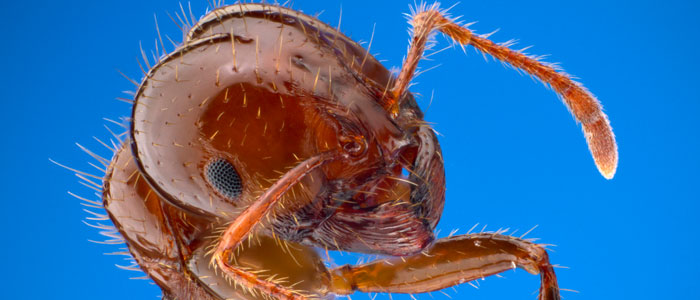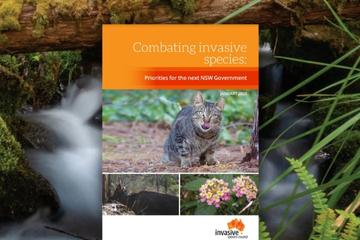
NSW has drafted a new seven-year invasive species plan and is inviting submissions on it until 2 October.
We have prepared a submission on the plan that endorses most of the objectives and proposed actions. However, there are a few important missing elements. We recommend you make the following points.
Review: A review of the first NSW invasive species plan (2008-2015) analysing what was and was not achieved should be published to provide a basis for assessing reform priorities. It is also essential for engendering public confidence that these plans are meaningful.
Prevention: The focus on preventing new invasive species is strongly endorsed but this is only feasible if NSW introduces a permitted list approach to plants that only permits the introduction of new species and subspecies that have been assessed as low risk.
Foresighting: Prevention will also be assisted by conducting regular foresighting to identify emerging trends that could lead to increasing biosecurity risks.
Research: More investment in developing long-term solutions – new detection, surveillance and control methods, ecological management, and methods for motivating community involvement – is needed to arrest deterioration in NSW’s natural environment due to invasive species. Greater investment in taxonomy is also needed.
Animal welfare: Improving the humaneness of invasive species control is important in its own right but also to achieve greater community acceptance of invasive species management.
Assessing progress: The publication of a regular (five-yearly) ‘status of invasive species’ report is needed to assess progress and identify priorities for improving management.
Funding: Inadequate funding is a major barrier to effective management, so we need much greater clarity about funding needs, gaps and options. The plan should include actions to assess the resources needed to implement components of the plan and to develop supplementary funding sources such as levies.
Please provide the NSW government with your views on the draft NSW Invasive Species Plan 2015-22, which can be downloaded from the Department of Primary Industries website.



